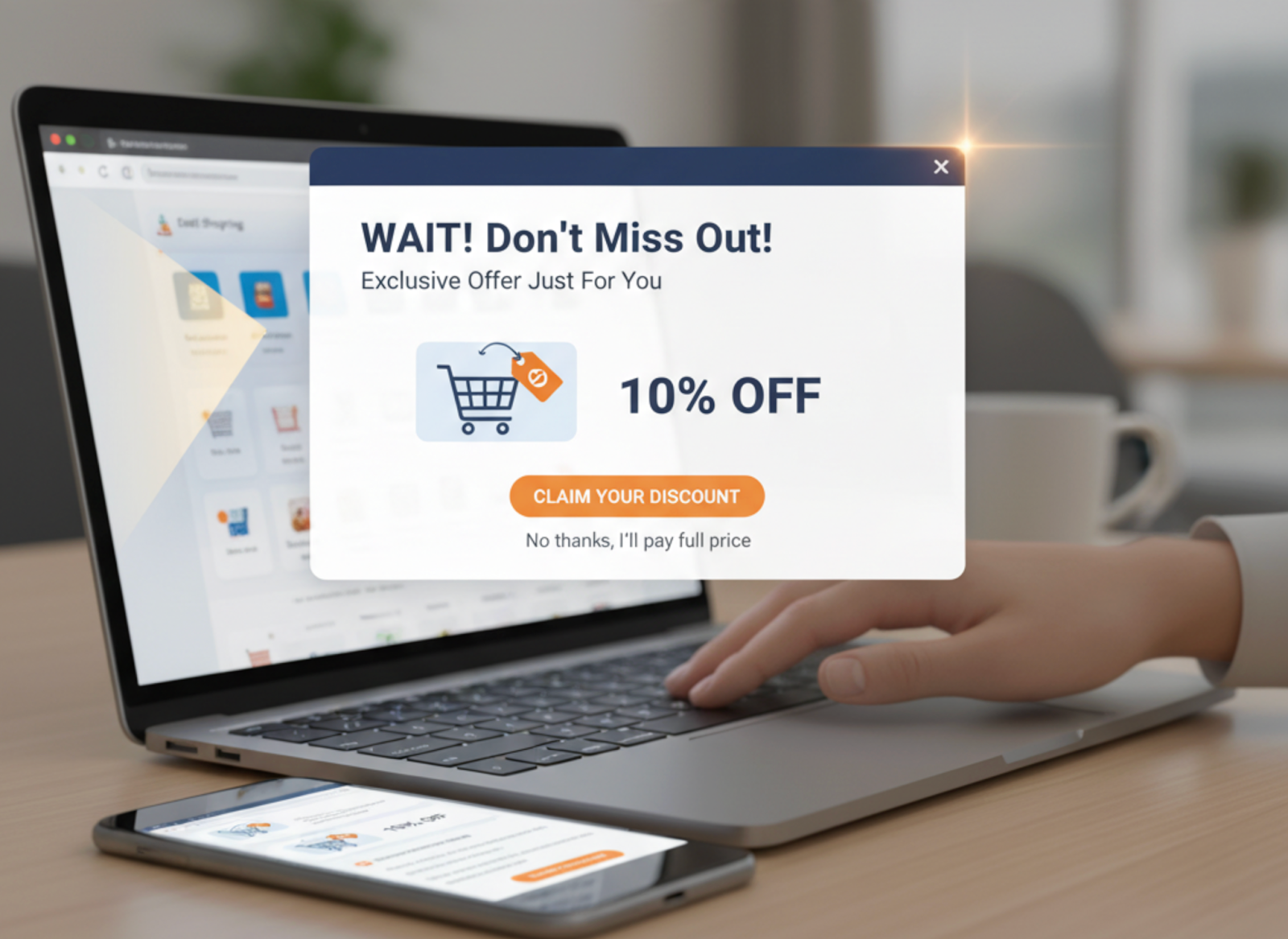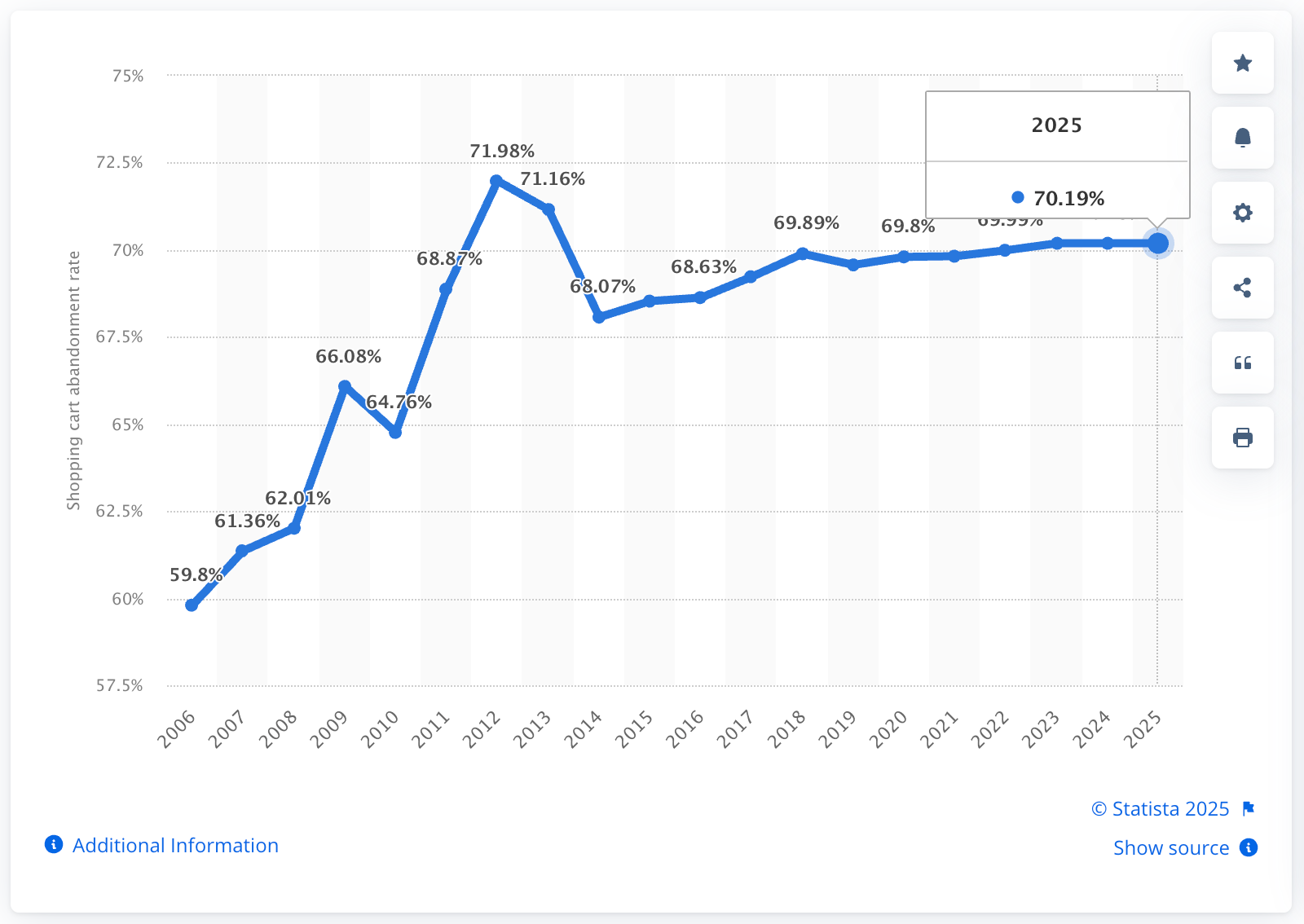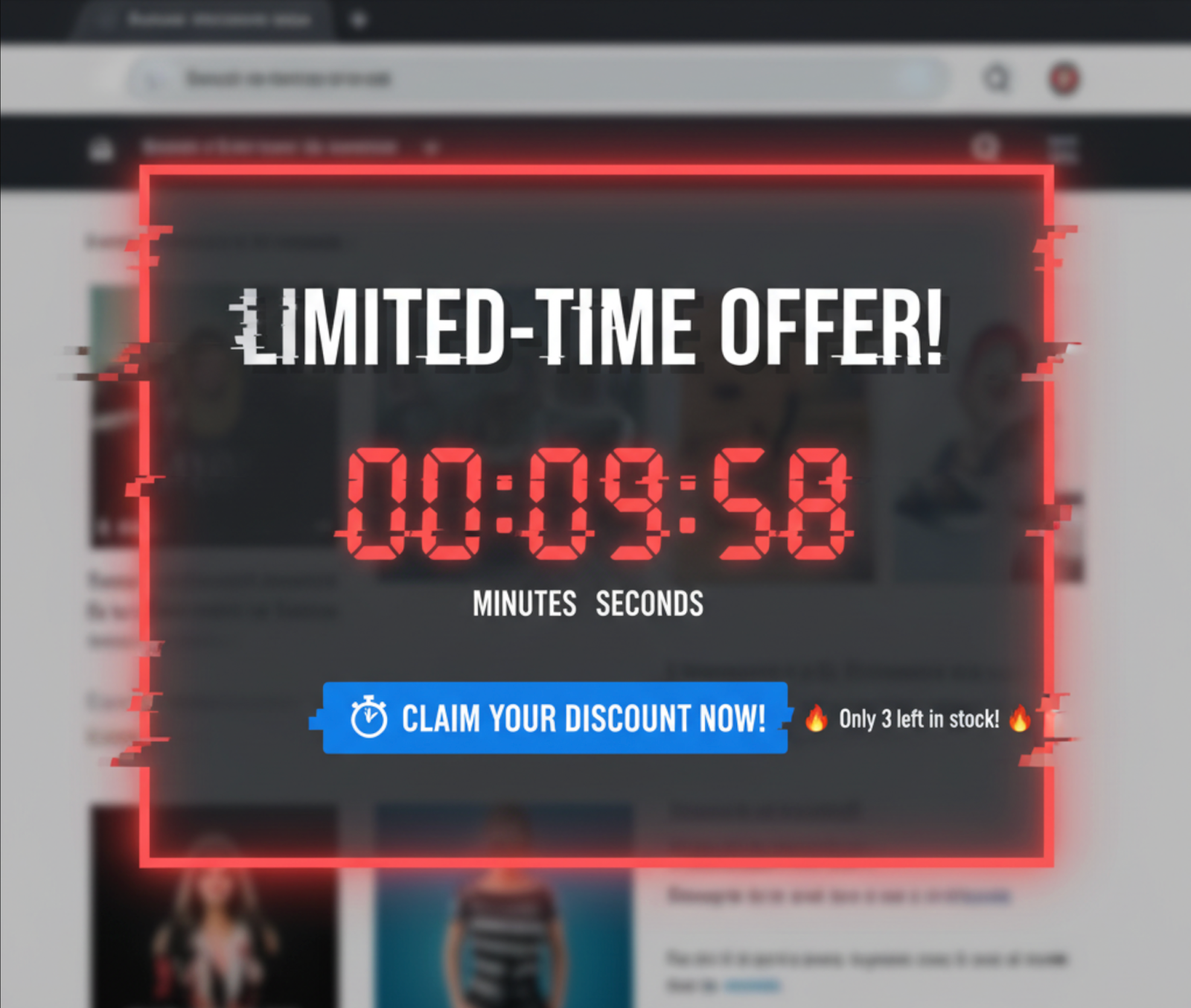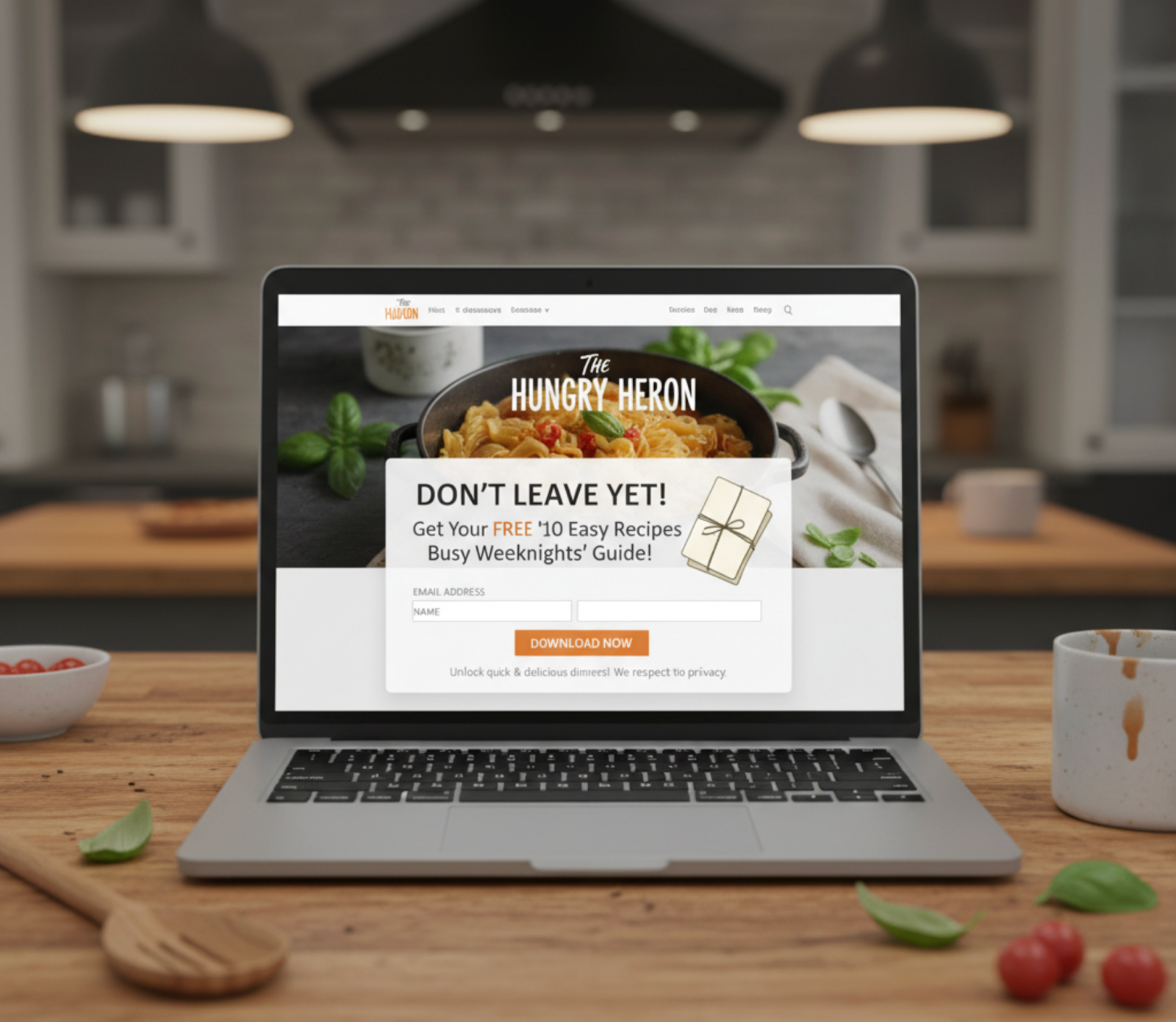
Every website owner has experienced it: a visitor arrives, browses for a while, maybe even adds items to their cart, and then suddenly leaves without taking action. This is known as visitor abandonment, and it’s one of the biggest challenges for online businesses. Research shows that average cart abandonment rates hover around 70%, meaning that for every ten people who consider buying, seven leave without completing their purchase.

Exit-intent popups provide a smart and effective way to counter this problem. Instead of letting visitors disappear, these popups give you one last chance to capture their attention with a relevant offer, resource, or reminder. When used strategically, they will not only prevent lost opportunities but also significantly improve conversion rates and revenue. To understand how these popups work and how to use them effectively, let’s explore their role, benefits, and best practices in detail.
Exit-intent popups are special on-site overlays triggered when a user shows signs of leaving your website. The most common trigger is mouse movement toward the top of the browser (indicating the visitor is about to close the tab or type a new URL). On mobile devices, exit-intent detection can be based on scrolling speed, back-button taps, or other signals.
Unlike standard popups that appear at random times during browsing, exit-intent popups appear only when a visitor is about to exit. This makes them far less intrusive and more relevant to the visitor’s behavior.
For example:

This simple but powerful intervention often provides just enough incentive for the visitor to reconsider.
Exit-intent popups are effective because they combine timing, relevance, and psychology. Here’s why they perform so well compared to traditional popups:
Most users dislike intrusive popups that interrupt them mid-browse. Exit-intent popups avoid this problem by appearing only when the visitor is already disengaging. Since they don’t interrupt the browsing flow, users perceive them as less annoying.
Think of exit popups as your final handshake before a visitor walks out the door. They provide a crucial chance to capture emails, convert sales, or at least plant a seed for future engagement.
Exit-intent technology allows you to tailor messages based on behavior. Someone leaving from the cart page may be motivated by a discount, while someone leaving a blog page may be better persuaded by a free content offer. This contextual personalization makes the popup feel relevant, not random.
Exit-intent popups leverage psychological principles such as:
These triggers work together to shift the visitor’s mindset from abandoning to re-engaging.
Not all exit popups are created equal. Poorly designed or irrelevant popups can harm user experience and reduce trust. To maximize impact, businesses should follow these best practices:
Visitors leaving your site are unlikely to be persuaded by vague or generic messages. For an exit popup to work, it must give them something that feels worth staying for. This could be a monetary incentive, a valuable resource, or even reassurance about their concerns. The key is to frame the popup as a benefit to the visitor rather than just another attempt to keep them on the page.
Because exit-intent popups appear at the very last moment of interaction, you only have a few seconds to capture attention. A cluttered design or a long-winded message will almost always fail. Instead, clarity should be your priority, one powerful headline, minimal supporting text, and a single action button. This ensures that visitors instantly understand what they’re being offered and how to claim it.
Generic popups are less persuasive than those tailored to a visitor’s behavior and context. By customizing your exit popups to reflect what page the user is on, what actions they’ve taken, or whether they are a first-time visitor, you make the message more relevant. This personalization helps reduce the feeling of interruption and instead makes the popup feel like a natural extension of their browsing experience. Effective segmentation ensures that different types of visitors see offers that truly resonate with their needs.

Visitors who are leaving often need an extra push to change their minds, and urgency provides that nudge. By emphasizing limited-time deals, low stock levels, or upcoming deadlines, you can encourage immediate action. This psychological trigger works because people naturally want to avoid missing out on opportunities. When urgency is used carefully, it turns a casual browser into a motivated decision-maker right before they exit.
The way your popup looks and feels has a direct impact on how visitors respond. A visually overwhelming design can irritate users, while a clean, balanced layout can engage them. The most effective exit popups use a combination of simplicity, strong visuals, and intuitive design to create a positive impression. Making it easy to close the popup if the user isn’t interested also demonstrates respect for their experience, which in turn strengthens brand trust.
No single exit popup strategy works forever, and user behavior changes over time. That’s why testing different designs, messages, and offers is essential. Through A/B testing and continuous monitoring, you can discover which variations lead to the highest engagement and conversions. Optimization isn’t a one-time task but an ongoing process that ensures your popups stay effective as your audience and goals evolve.
To bring it all together, let’s look at how different types of businesses use exit popups effectively:

These real-world strategies demonstrate how adaptable exit-intent popups can be across industries.
Exit-intent popups are one of the smartest tools to reduce abandonment and increase conversions without being overly intrusive. By focusing on value-driven offers, personalized messaging, urgency, and user-friendly design, businesses can turn missed opportunities into loyal customers or subscribers.
Success with exit-intent popups isn’t about preventing every user from leaving, but it’s about capturing the right users with the right message at the right time. With careful testing and continuous optimization, exit-intent popups can become a subtle yet powerful part of your overall conversion strategy.